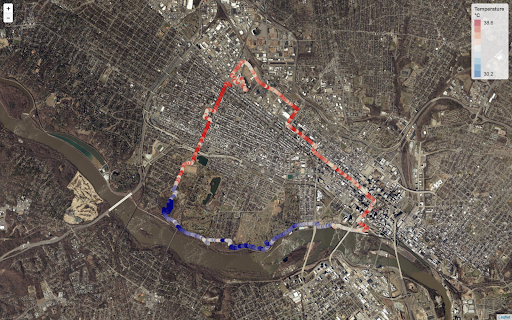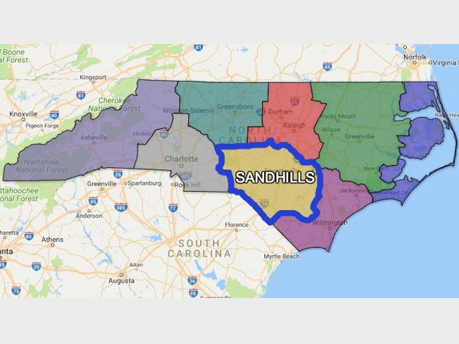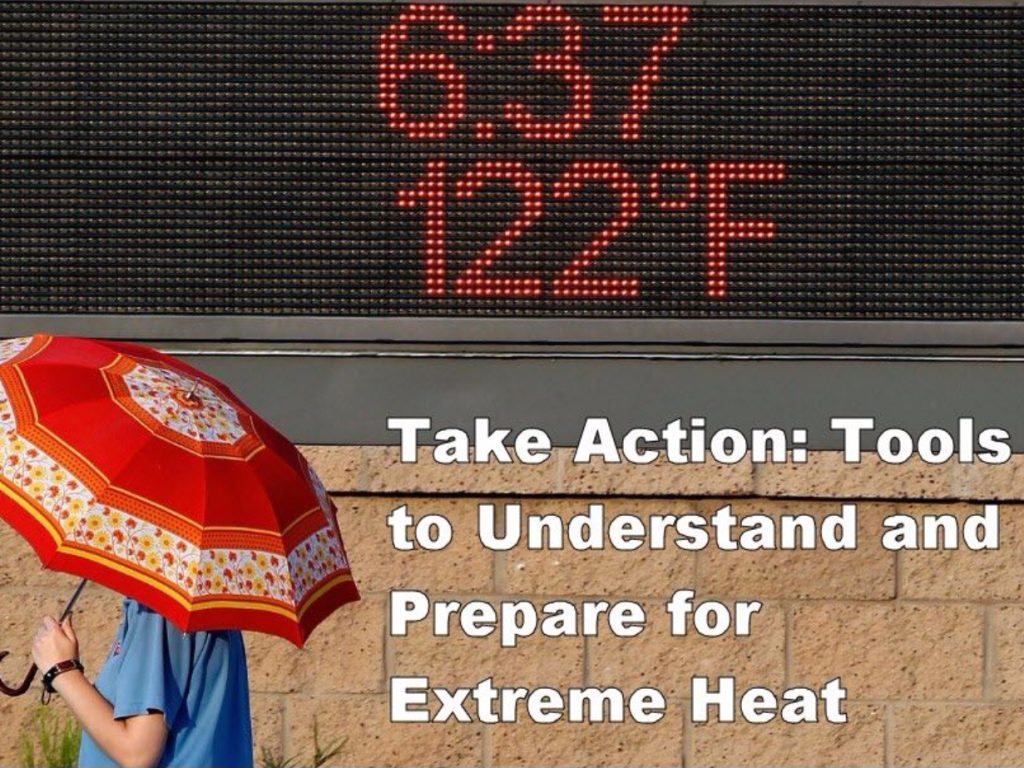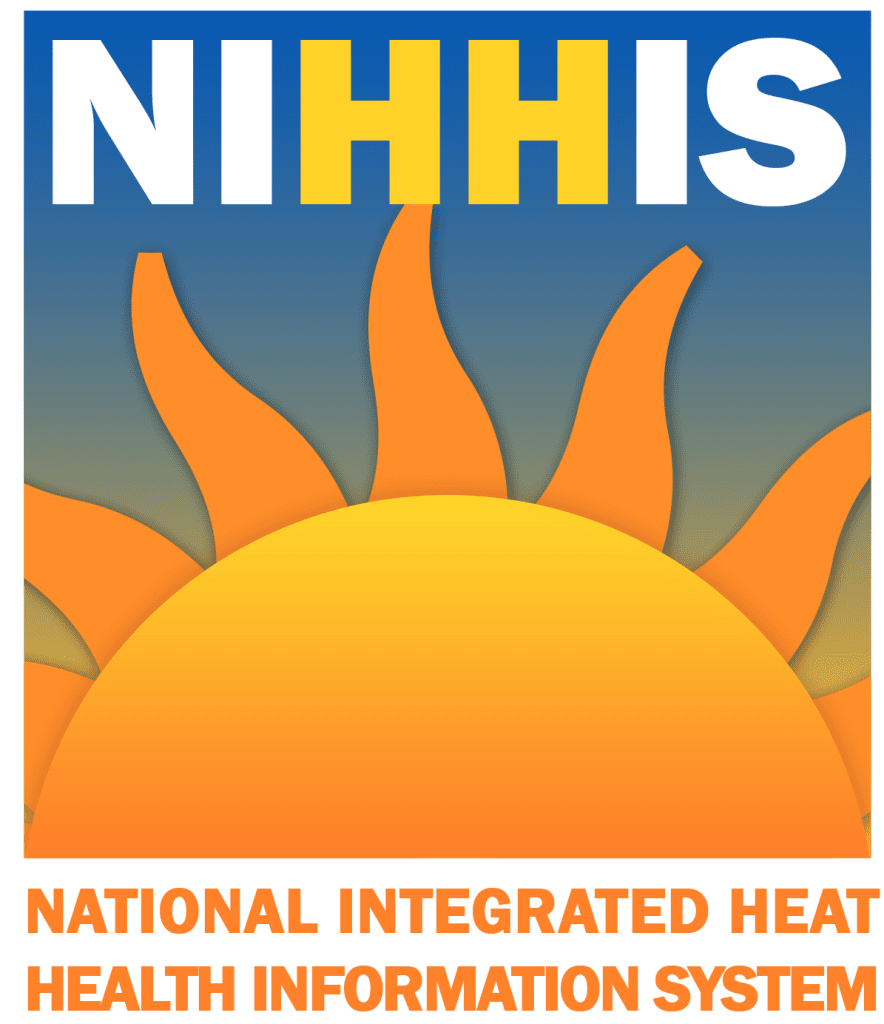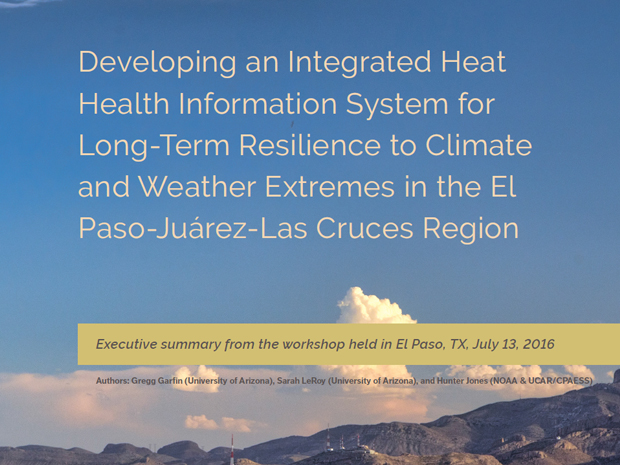Citizen Scientists Take to the Streets to Map the Hottest Places in Ten U.S. Cities
Citizen scientists will take to the streets during the hottest days this summer to map hot spots in ten different U.S. cities. The campaign is part of a NOAA-funded project to map places where buildings, asphalt, and other parts of urban environments can amplify high temperatures, putting people at heightened risk of heat illness during extreme heat events.
Citizen Scientists Take to the Streets to Map the Hottest Places in Ten U.S. Cities Read More »


